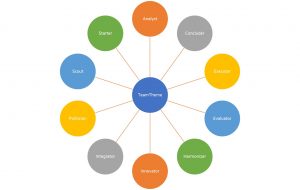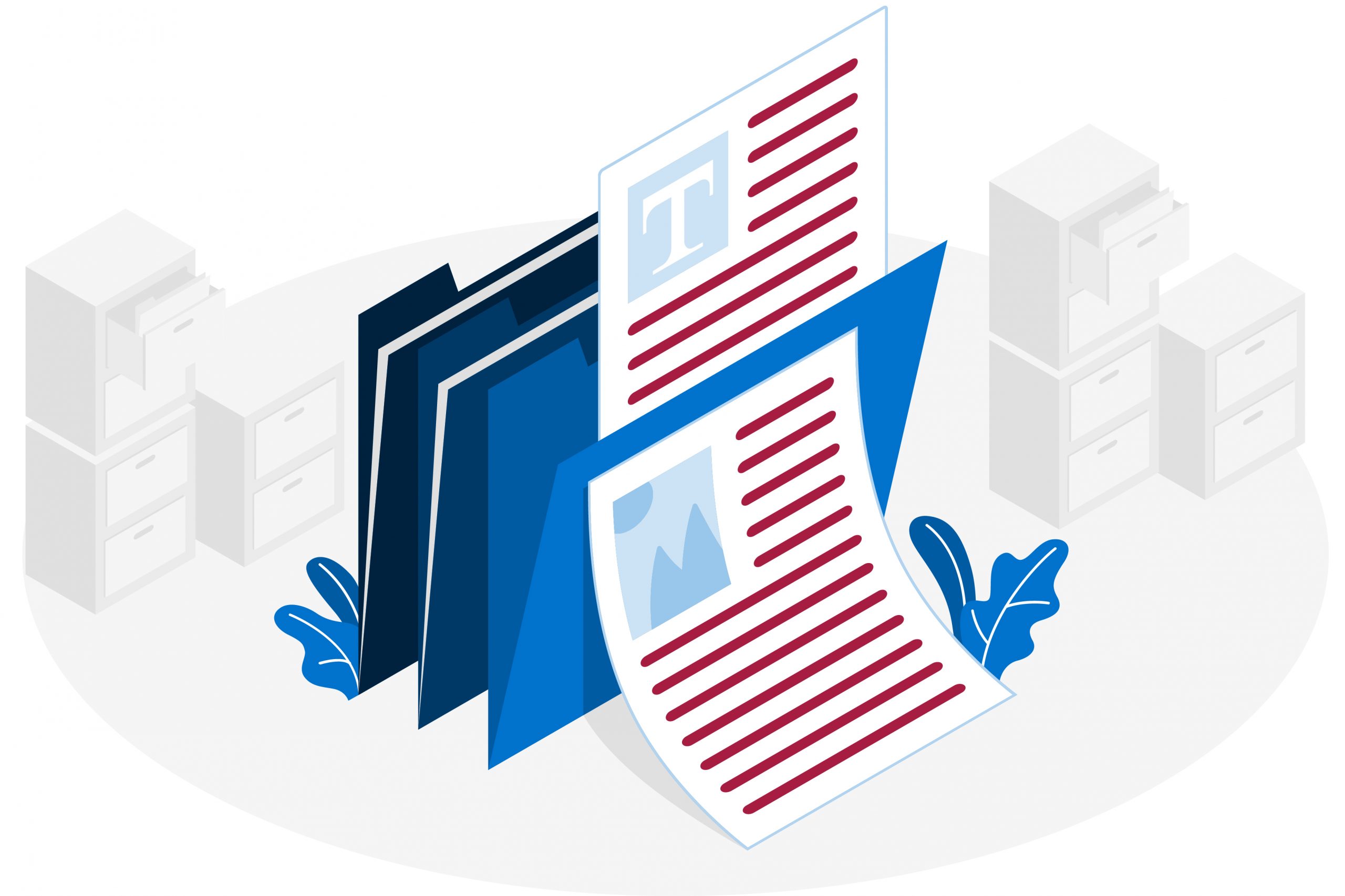Understanding Your Team Dynamics!
Diverse teams are smarter!
An increasing body of research shows that non-homogenous teams simply perform better. Statistics show that “a diverse team can outperform homogenous group by up to 6 times”. Diversity in that sense has generally been discussed from a gender, racial, ethnic, educational background & knowledge perspectives.
However, recent research reveal that behavior is a critical factor that should not be underestimated as contributing to the success or failure of a team. Accordingly, the integration of the diverse behaviors of team members has been emphasized as crucial to team performance. The more complementary the roles that individuals play in a team, the more a team is likely to be balanced to achieve its goal. In other words, the team dynamics resulting from the interplay of these diverse clusters of behaviours, hence roles, sheds the light on the significance of understanding how to identify, understand, and assess the roles that the various team members play.

How Can We Help in Understanding Your Team Better?
A Team Role is defined as: “A tendency to behave, contribute and interrelate with others in a particular way”. Team roles can be clustered in various ways, based on behavioral tendencies and/or personality preferences.
Inspired by Belbin’s model and MTR-I identified team roles, ASSESS Team Theme assesses individuals on the different roles that they are likely to play/assume in a team setting among 10 roles: Analyst, Starter, Concluder, Executer, Scout, Politician, Integrator, Harmonizer, Innovator, and Evaluator. The assessment tool helps in determining the degree to which the team entails personality- and behavioural-related tendencies that complement each other for effective teamwork.
ASSESS Team Theme is a helpful assessment tool to:
- Improve your self-awareness of your teamwork behavioural tendencies and the role you are likely to assume within a team.
- Help in building and developing effective teams characterized by productive relationships and team dynamics.
- Assist managers and decision-makers in enhancing their understanding of the behavioural tendencies, motivations, and strengths areas of their employees within teams.
References
Belbin. (2015). Team Roles in a Nutshell. Retrieved from Belbin: www.belbin.com
Vitru. (2017, December). Retrieved from Vitru: http://govitru.com/workplace-statistics/


